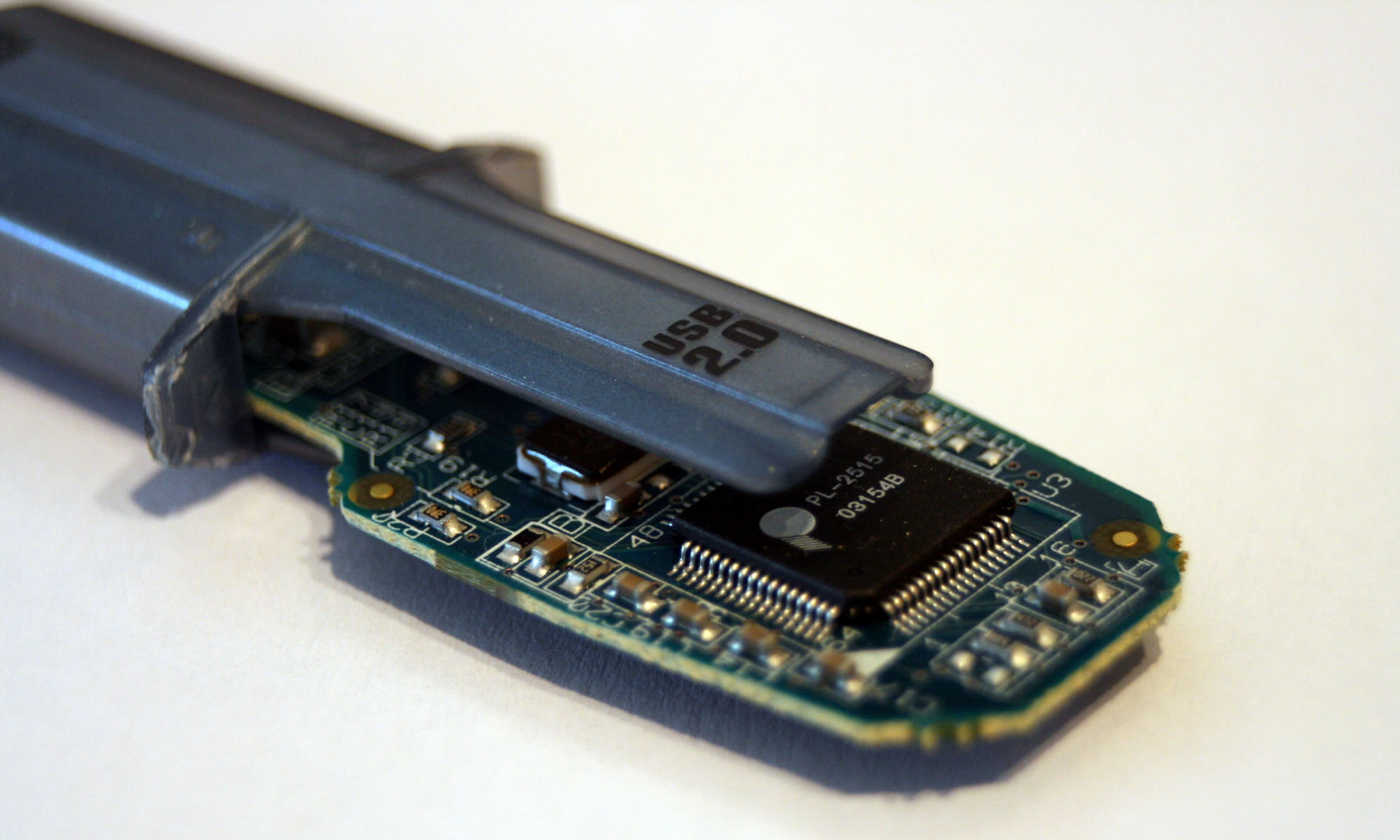Well six months ago I subscribed to Britbox. I had BT Broadband for just under a month and got an e-mail from BT saying I could have six months free of Britbox.
Well it was bit of a no brainer, six months free for a service I quite liked the look of, so I clicked yes.
I did say in my post.
Will I renew in six months time? I think that depends on what content we’ve watched and whether they refresh the content over the next few months.
Well, here we are six months later and the answer is, will I renew, the answer is sorry no.
The main reason I am saying no is that I am not watching enough of the content to justify the subscription. It’s not that the content isn’t any good, on the contrary there is a bundle of great stuff in the service. The reality was that though I was interested in watching some of the old series, no one else in the household was interested. I don’t really have a lot of time to watch television on my own, so never got round to watching very much of the series or films on the service. In the end when it came down to it, I decided that I would not renew my subscription.
I don’t think the fact that we subscribed to Disney+ back in December has helped, as there are only so many subscription services you can afford. We also have Netflix, so in the end a service had to go, and as the only person watching anything on Britbox, that was the one that needed to go.
I might renew at some later time, but for the moment it’s goodbye Britbox, so long and thanks for all the fish.















